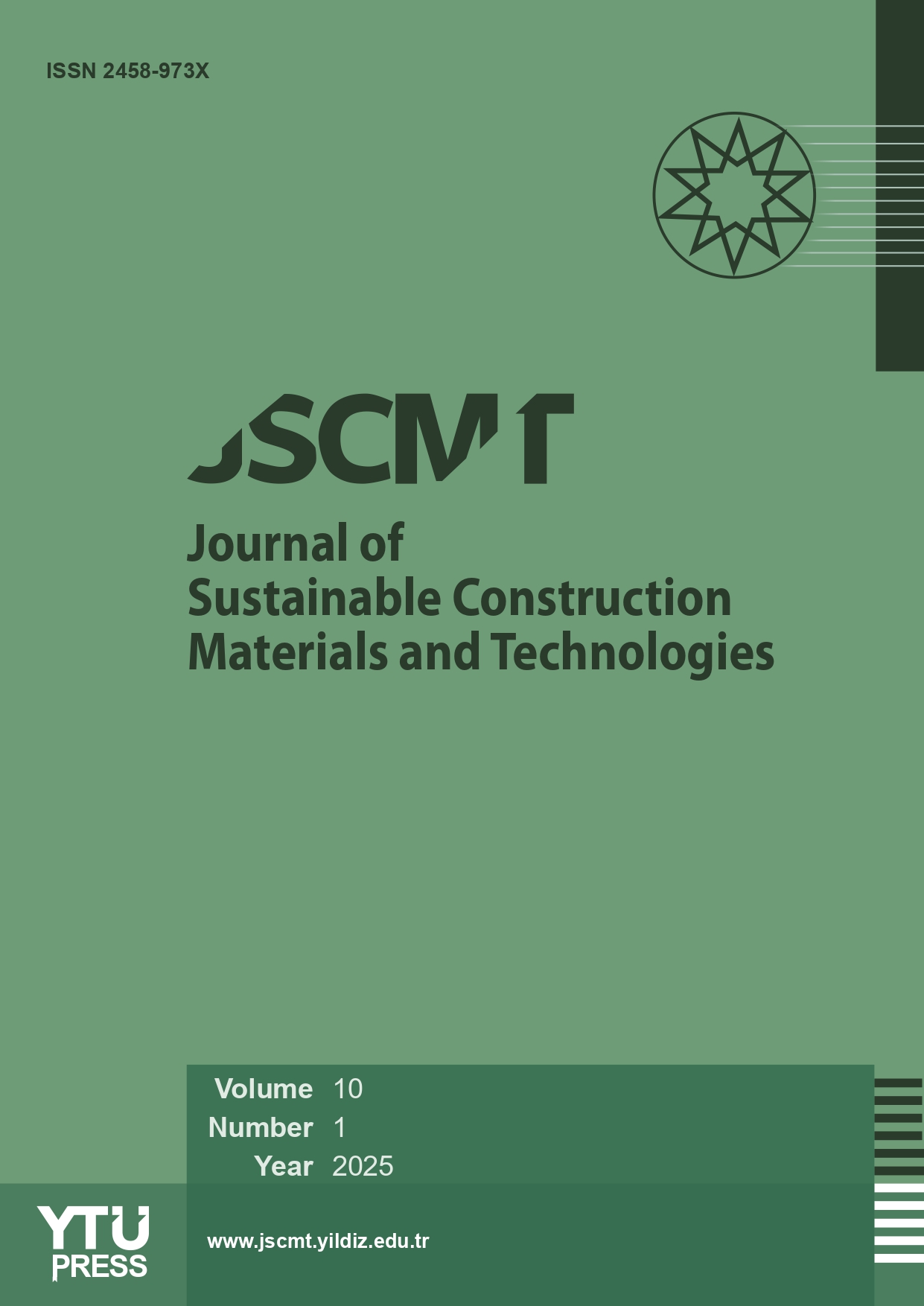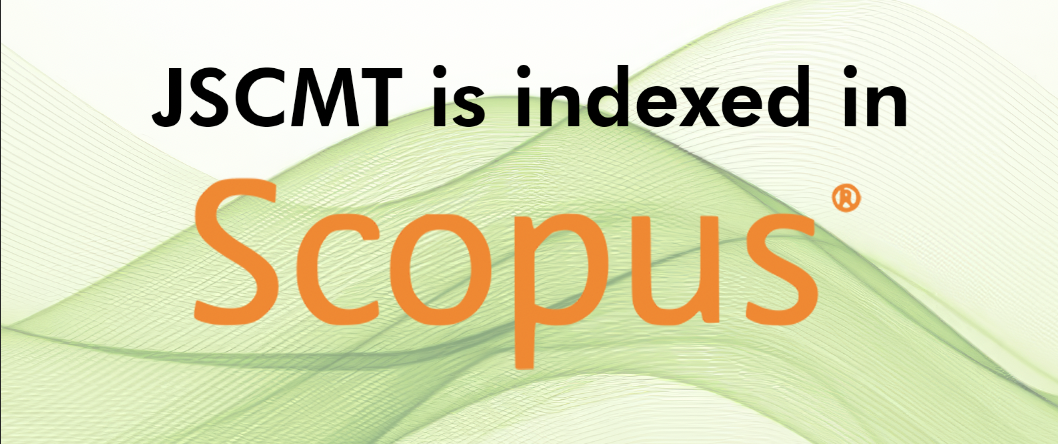Abstract
Areas vulnerable to catastrophic disasters such as hurricane, landslide and earthquake require ready and sustainable solutions for the post-pollution scenarios. Clinoptilolite type zeolite resources of Türkiye can serve economical and sustainable solutions as a quick response. While the studies on compacted zeolite-bentonite mixture at optimum water content for the landfill liners applications or dry zeolite-sand mixtures in permeable reactive barrier (PRB)s are common, the slurry form of zeolite emplacement at subsurface reactive barriers has not received an attention by the researchers. In this context, this experimental study presents the preliminary findings on one-dimensional consolidation and hydraulic conductivity tests performed on crushed zeolite samples S1 and S2 with fine contents of 33 and 84%, respectively. The results indicate that S2 has a higher compression index than S1, without a significant change in swelling index attributed to less than 4% clay contents. A self-designed rigid wall type permeameter was used to study on reconstituted slurry like materials under the benefit of back pressure saturation without the consolidation during testing that encountered in flexible wall permeameter. Falling head – rising tail water procedure was adopted under the back pressure in between 200 and 700 kN/m2. S2 samples reconstituted under 25, 50, 100 and 200 kN/m2 show a gradual decrease in kv from 3×10-8 to 2×10-9 m/s. Previous observations on the sample of S1 revealed 8 times higher kv values under the same σv'. Since the fine content of zeolite limits kv, the proposed permeameter will be beneficial to determine the proper grain size distribution of fill materials considering the barrier height and in-situ stress conditions before the environmental studies with leachate.
















